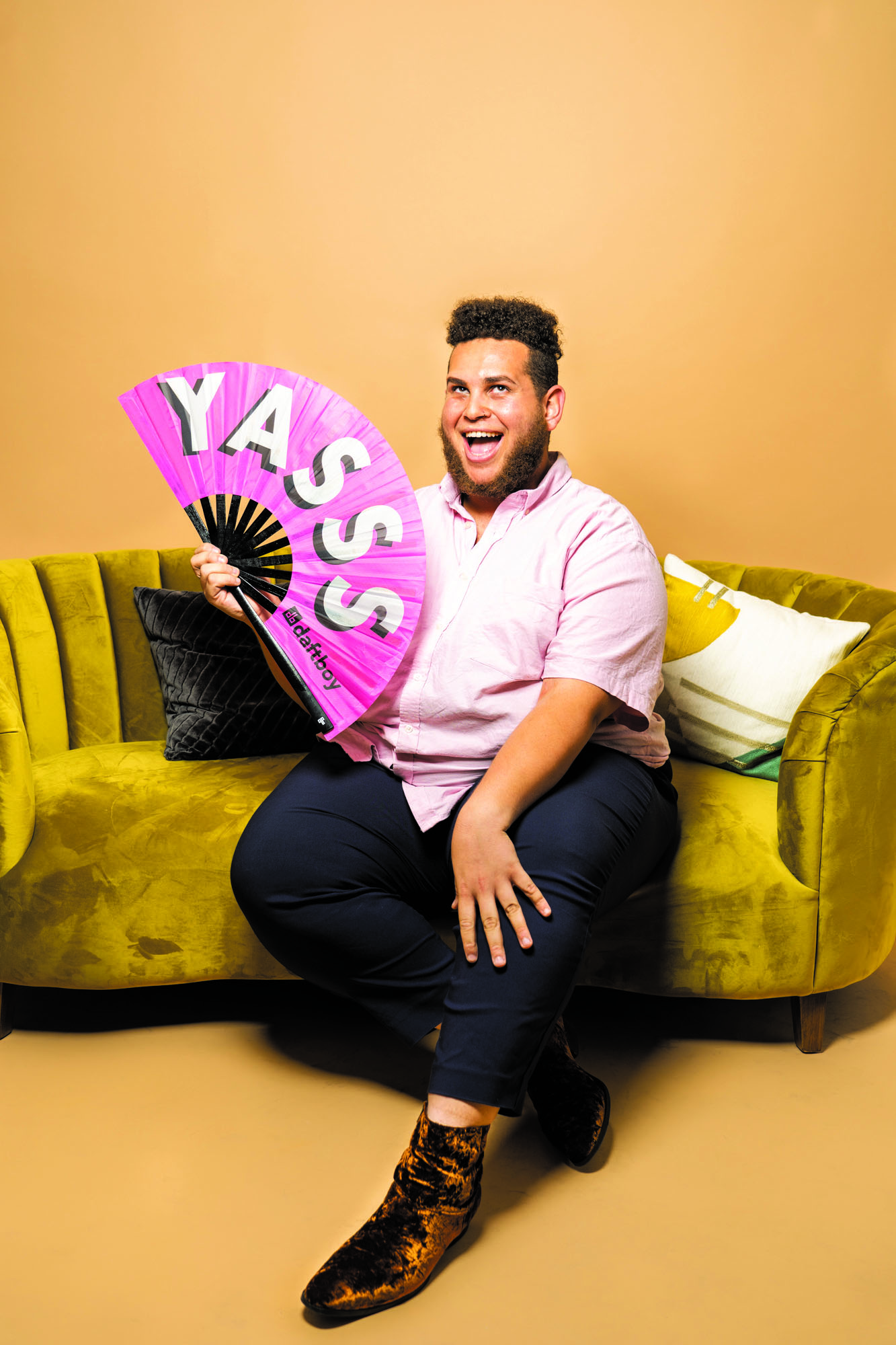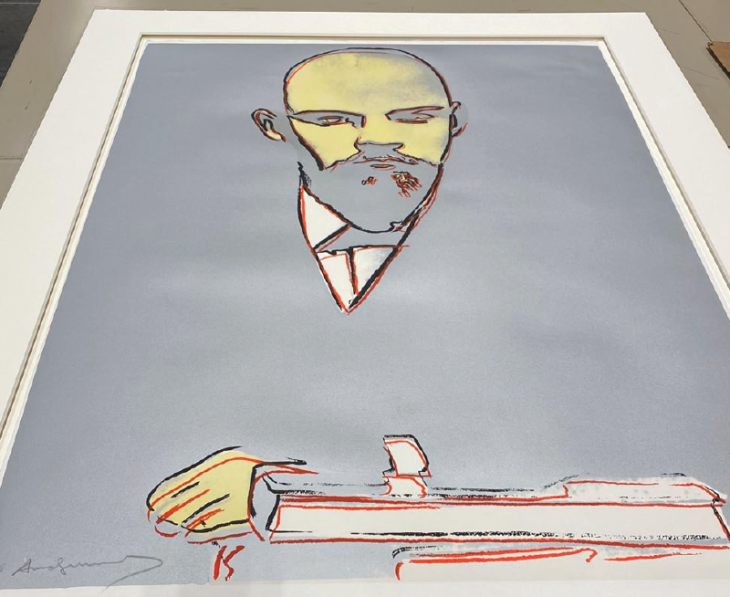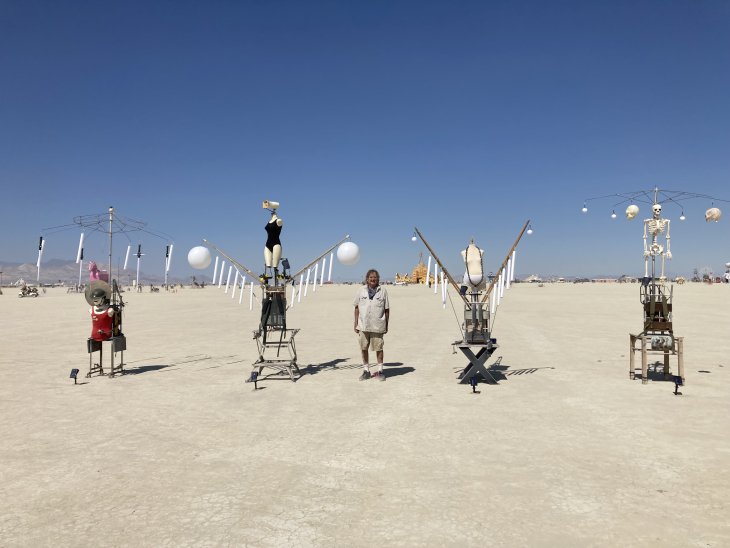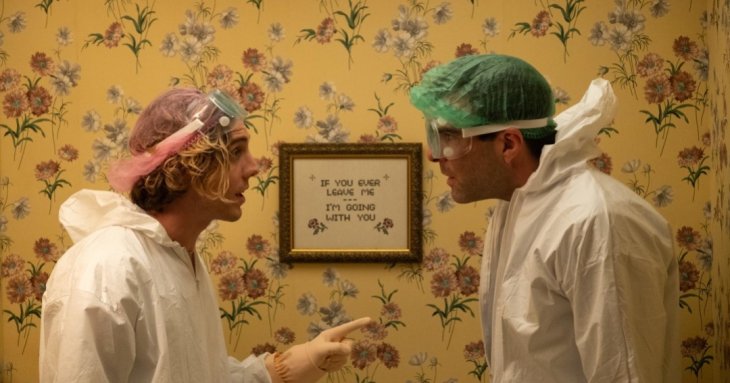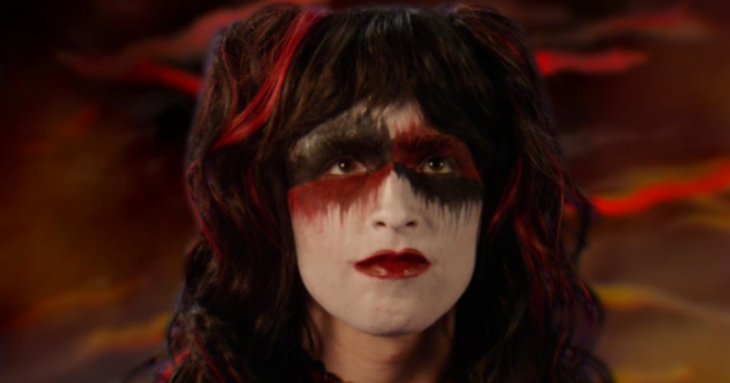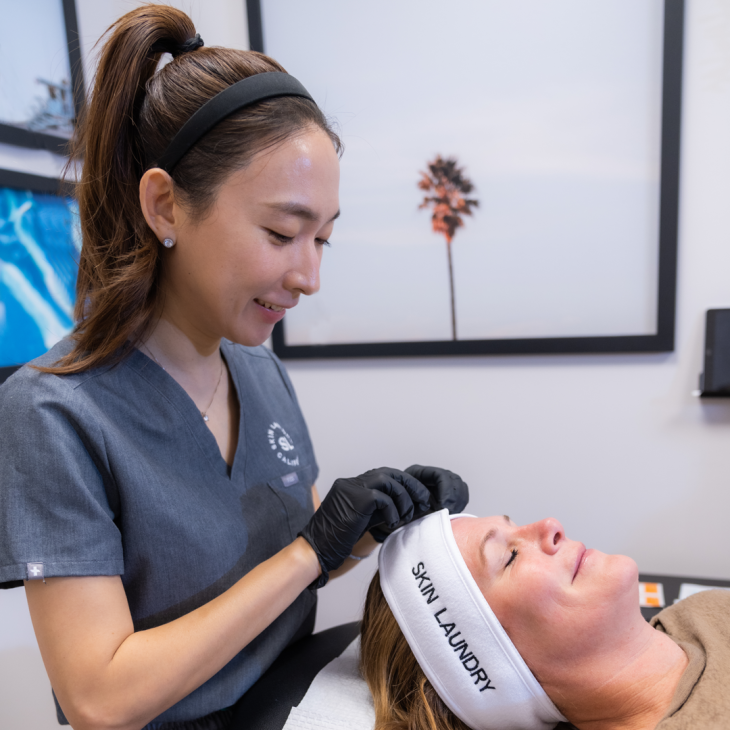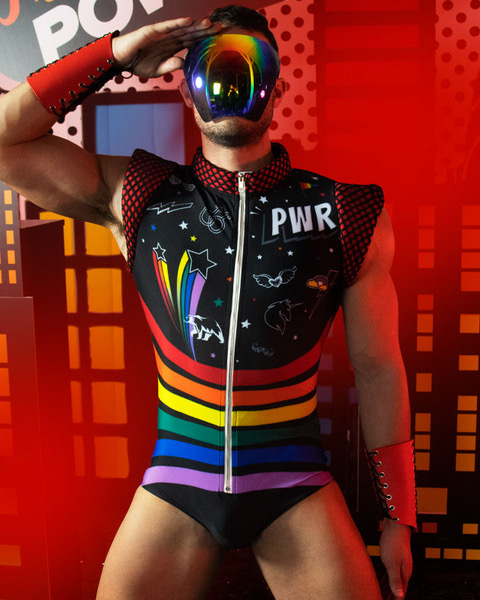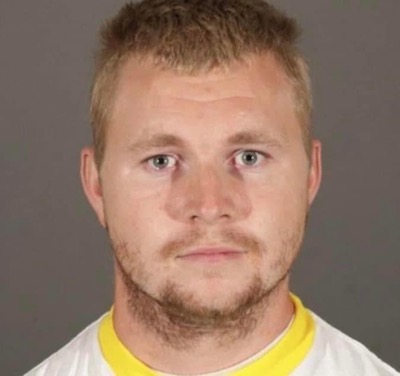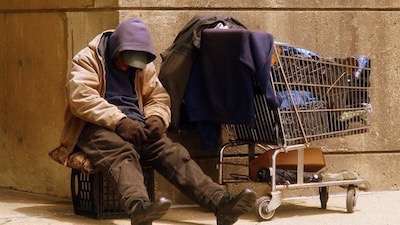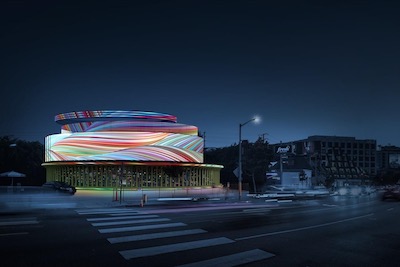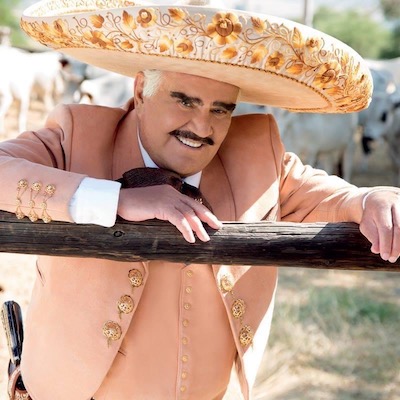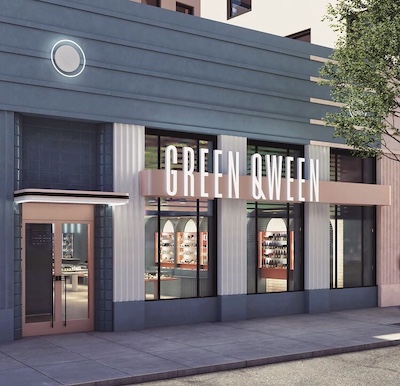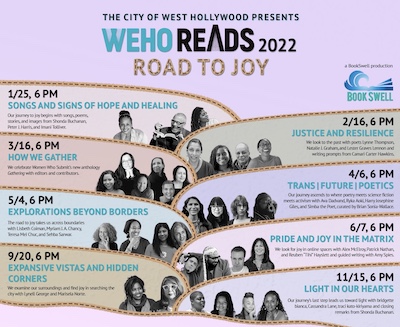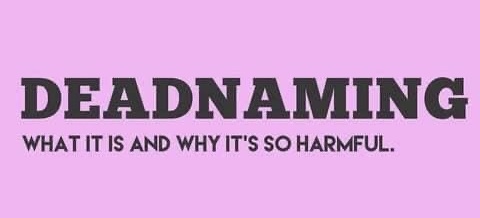Queer representation is every-evolving, ever-progressing. Yet, it can still be frustrating trying to identify with mainstream media. We all want to belong, to find our tribe, to be a part of a Queer Family. What does that look like? Photographer Jordan Daniels attempts to tackle this unknown in his recent photography project, This is Queer Family. The Pride LA spoke with Jordan about the journey. Check it out:
Can you introduce yourself?
My name is Jordan Daniels, I am Queer and Black and Jewish and Fat. I say “And” because I want to hold space for all of my identities to exist on the same plane. I am a storyteller focusing on uplifting others to liberate themselves.
In one sentence, what is the This is Queer Family project?
It’s a project that explores what it means to Queer, how we create family, and what we think progress looks like in our community.
Where did the inspiration come from?
I went to a conference a few months ago and john a. powell (stylized lower case) was speaking about creating “belonging” in his work and it really stuck with me. I’ve struggled a lot with experiencing belonging in my own communities; in the Black community, Jewish community, and Queer community. And I wanted to do a project that dissects the struggle a bit, and I wanted to do it in a visual way. Also, Pride Month had just started and it made me think a lot about the idea of belonging more in the Queer community, especially with the 50th anniversary of the Stonewall Riots, where so many people – particularly people of color and Trans women of color – fought for us to belong publicly in society.
I also have to say that my friend Jordan Verdin, who is also credited as a co-photographer, inspired me to do this. I originally asked him to shoot it and he said that I needed to do it as a Queer person. He really demonstrated Allyship.

How long have you been working on it for?
From theory to praxis, a month. I circulated the idea in my head for a couple weeks, reached out to people at the end of that second week, scheduled the studio that third week and shot it last week as in July 3rd. It was definitely impulsive haha.
How did you find folks to participate?
powell says that belonging needs to be co-created, so I set out to co-create this project with some incredible Queer people that I happened to know, and it kind of took off from there. I started with my own circle of friends in Oceanside. In our small group, we’re actually majority Queer so I knew I wanted them to be a part of it. From there, I thought of some really strong, vocal and vibrant Queer people that I’ve met throughout the years and reached out to them. Luckily, most of them were available! I knew I wanted to keep this sort of small so I didn’t think of more than 12 people. It would have been harder to execute if we had more. Though, I deeply wish I was able to work with some Trans folk. Two people that I thought of were out of town so it didn’t work out, but I definitely am conscious that we’re missing that physical representation. Though I’m really happy that several people in the project gave verbal representation for our Trans siblings.

What kind of people were you hoping to reach with this project?
Everybody really. This project is for the Queer community, by the Queer community. And I say “is” because I want this work to continue beyond me. I want people to liberate themselves and share their own images, videos, stories, etc. I want everybody to talk about what Queer family and belonging looks and feels like to them.
What do you hope/ to achieve/what are you achieving with this project?
My initial goal was to just create something with people that gives us all the space to discuss these topics in a really beautiful, vulnerable and personal way. My fantasy is that this becomes a movement of its own. Like I said, I want people to add to it with their own thoughts and stories and continue the conversation. I want us to co-create this movement, where we make our own visibility by saying “This is Queer Family!”

Can you talk a little bit on the re-appropriation of the word “Queer”
Liberation is the act of freeing someone from oppression. This can also mean ourselves. Queer, by definition, just means strange or peculiar, and peculiar can mean special, so inherently this word isn’t a negative word. It’s been used pejoratively for centuries unfortunately, as have many words that become oppressive, but the word only oppresses us as much as we let it. Maya Angelou said “words are things,” so why can’t we make them beautiful things? The word “Queer” sounds special, and it makes me feel special. So I wield this “thing” with love.
On a more personal note, I’ve always felt weird saying I identify with the “gay community,” because it feels exclusive of the entire gender and sexuality spectrum. For me, Queer encompasses all of us. It represents all of us. It makes me feel safe because we’re not alone when we’re all Queer. We all belong to Queer.
Can you talk a bit about how this project reflects progress in the queer community to you?
I think the fact that everyone in the project can find comfort in the word “Queer,” reflects a lot of progress. Many people I know use the word Queer, which means that we’re deconstructing sub-communities for the advancement of the Queer community. Additionally, I dare to say this series reflects an actual picture of Queer people in society. A lot of media gives us only one sub-community, or one ethnicity, gender, etc., at a time, but I argue that this series acutely encompasses the broadness of the Queer community, and this is only with 10 people.That’s progress in of itself.

For more information on This is Queer Family, CLICK HERE.

